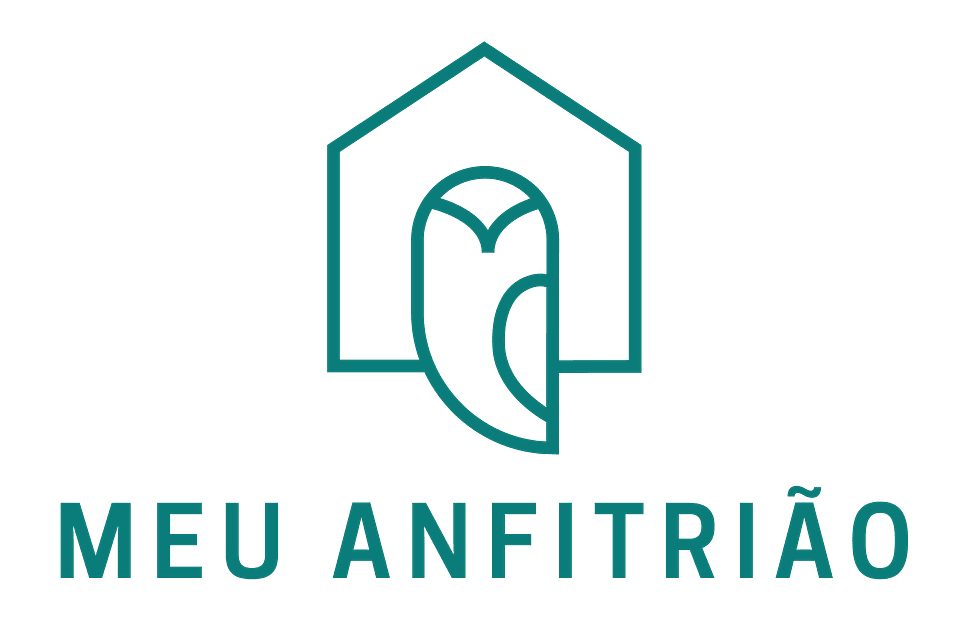Meu Anfitrião - Agência de Aluguel de Temporada

Accessibility: How to make your property more inclusive
Imagine that you are going to spend your holidays with your family in an incredible property that you have just rented, but when you arrive at the place, you discover that access to the property only works via stairs, making it difficult for the elderly, wheelchair users and people with special needs to move around, which may be the case for some of your family members.
It would be an unexpected surprise, wouldn't it? To solve problems like this, we offer this article to teach you how to make your property more inclusive for people with reduced mobility and provide all the necessary information for your guests before renting.
Groups of people who benefit from accessibility
It is important to know the different groups of people who can benefit from accessibility and some solutions that can help them. Some well-known examples are:
People with physical disabilities: This includes people who use wheelchairs, crutches, prostheses or who have mobility difficulties, such as pregnant women and the elderly.
How to solve? It is relevant that the property has more than one access to the entrance, which can vary between stairs, elevators, ramps and wide doors.
Visually Impaired People: Such as people who are blind or have low vision, who may benefit from tactile floors or Braille signage.
How to solve? Try to provide as much information as possible verbally so the guest can absorb more details. Another option would also be tactile and Braille signage, which would require a financial investment.
People with hearing impairment: This includes people who are deaf or hard of hearing.
How to solve? In this case, provide information through signs and signs around the property, maintaining communication with the guest through visual communication.
People with intellectual or cognitive disabilities: This includes people with autism, Down syndrome, intellectual disability, among other conditions.
How to solve? Accessibility for this group may involve clear and simple signage, quiet spaces, and visual aids for orientation.
Foreign tourists and visitors: Accessibility can also be useful for foreign tourists and visitors who may have additional difficulties due to lack of familiarity with the location, and may not know the region and the language spoken there.
How to solve? At Meu Anfitrião, we translate materials for tips on the region, welcome message, rules and information about the property to the guest into English, for example, which is the most widely spoken language in the world. This solution helps break down communication barriers with the guest and awaken their interest in the property.
Why invest in accessibility in your property?
The more affordable your property is, the more people interested in it you will have and the more valued it will be on the market. When homes are designed from the ground up with accessibility in mind, you don't have to make many changes later. This saves time and money, as well as making homes more functional for everyone.
According to the IBGE, around 7 out of 100 people have a disability, so it is essential to create spaces that are accessible to everyone. When a house or apartment is designed with accessible features such as ramps, handrails, wide doors, adapted bathrooms and non-slip floors, it becomes much more functional and welcoming for people with disabilities.
At Meu Anfitrião, we do what we can to help hosts make their homes more inclusive through accessibility tools. Contact us if you own a property and learn more about our work!
In addition, we already have several properties with affordable resources available in our portfolio. Enter the “Our houses” page and take a look at the available houses and apartments.
Meu Anfitrião, your home in good hands!
